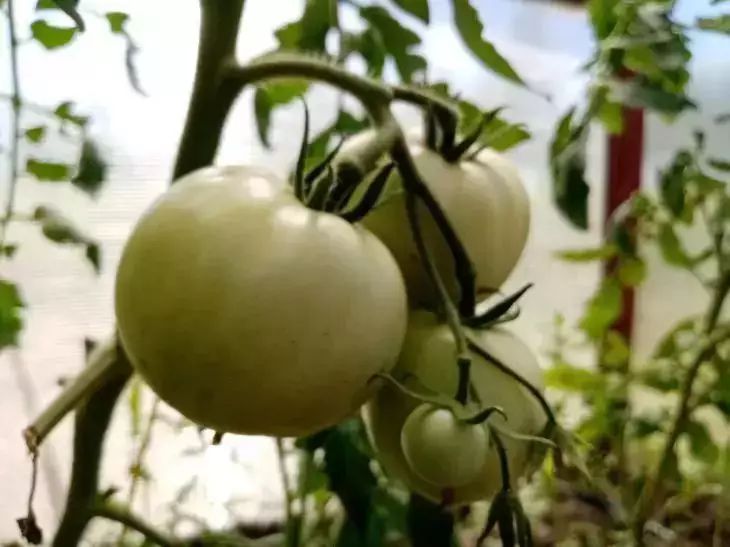Causes of tomato stem rot may include soil contamination with harmful bacteria, excessive moisture, excessive or insufficient watering and fertilizing, failure to weed, and failure to comply with crop rotation rules.
The use of chemicals is not recommended during harvesting; it is better to use biological preparations or traditional methods.
Main diseases of tomatoes
Alternaria
Tomato fruits, leaves and stems are covered with grey-brown, dark and dry spots. Vegetables affected by the disease cannot be eaten.
Fight against Alternaria
Tomatoes are treated with the following preparations: Oksikhom, Raik or other fungicides. It is necessary to treat every 7-10 days a month before harvesting tomatoes. It is better to use biopreparations Fitosporin or Trichodermin.
Anthracnose
Tomatoes are covered with small, soft spots, the color of the skin - this is anthracnose.

Control of anthracnose
It is necessary to immediately remove the diseased fruits from the area and treat the plants with: Agrolikar, 1% solution of Bordeaux mixture, copper oxychloride - 40 g per 10 liters of water or Chistoflor.
Blossom end rot
Tomatoes start to rot from the top and quickly spread to the entire fruit.
Fighting blossom-end rot
Treat with 0.2% calcium chloride solution. Repeat this treatment at least two more times within seven days.
In spring, feed tomato seedlings with calcium or potassium nitrate - 0.5 tbsp per bucket of water. Before planting, pour 100 grams of wood ash into the hole.
Wet rot
If ripe fruits on tomato bushes are covered with transparent spots and begin to crack, and then white fungal spores appear in the cracks and there is an unpleasant smell, then the tomatoes are infected with watery or wet rot.
Fighting wet rot
When fruits are forming, tomatoes are treated with a 1% solution of Bordeaux mixture. It can no longer help when harvesting, the harvest will be lost.
Gray mold
A grey coating with blisters appears on the leaves, which quickly spreads to all plants, stems and fruits.
Fighting gray mold
You can begin the fight with wood ash, copper sulfate, 1% solution of Bordeaux mixture, Fitosporin, Gliocladin Trichodermin.
Late blight
The leaves and fruits of tomatoes become covered with brown spots, then they become black and deformed, but in extreme heat the disease can be stopped.
Fight against late blight
Revus and Consento are very effective for prevention and need to be treated every ten days. And the drugs: Kuproksat, Infinity, Hom and 1% solution of Bordeaux mixture are used in case of infection.
When ripening, tomatoes can be treated with the following preparations: Gamair, Fitosporin, Alirin, Trichoderm Veride.
Foliar feeding: boric acid - 1 teaspoon per 1 liter of hot water and pour in up to 9 liters of water; iodine - 20 drops per bucket of water, add 1 liter of whey or low-fat milk.
Root feeding: use baker's yeast: 100 g per 1 liter of heated milk or whey. Leave to ferment for 5 hours, then top up to 10 liters.








